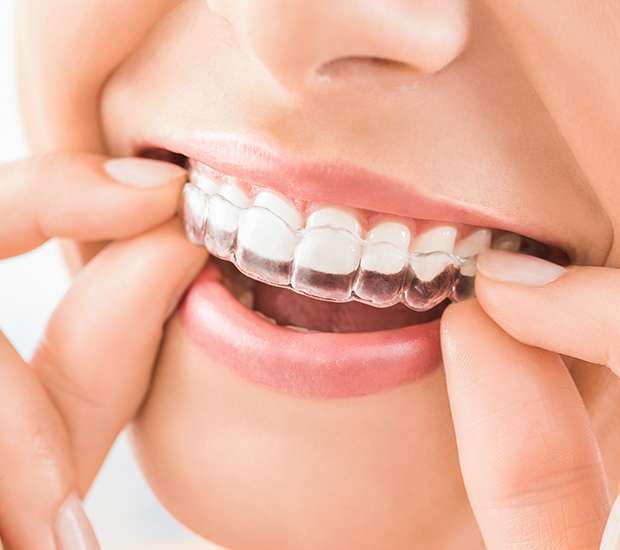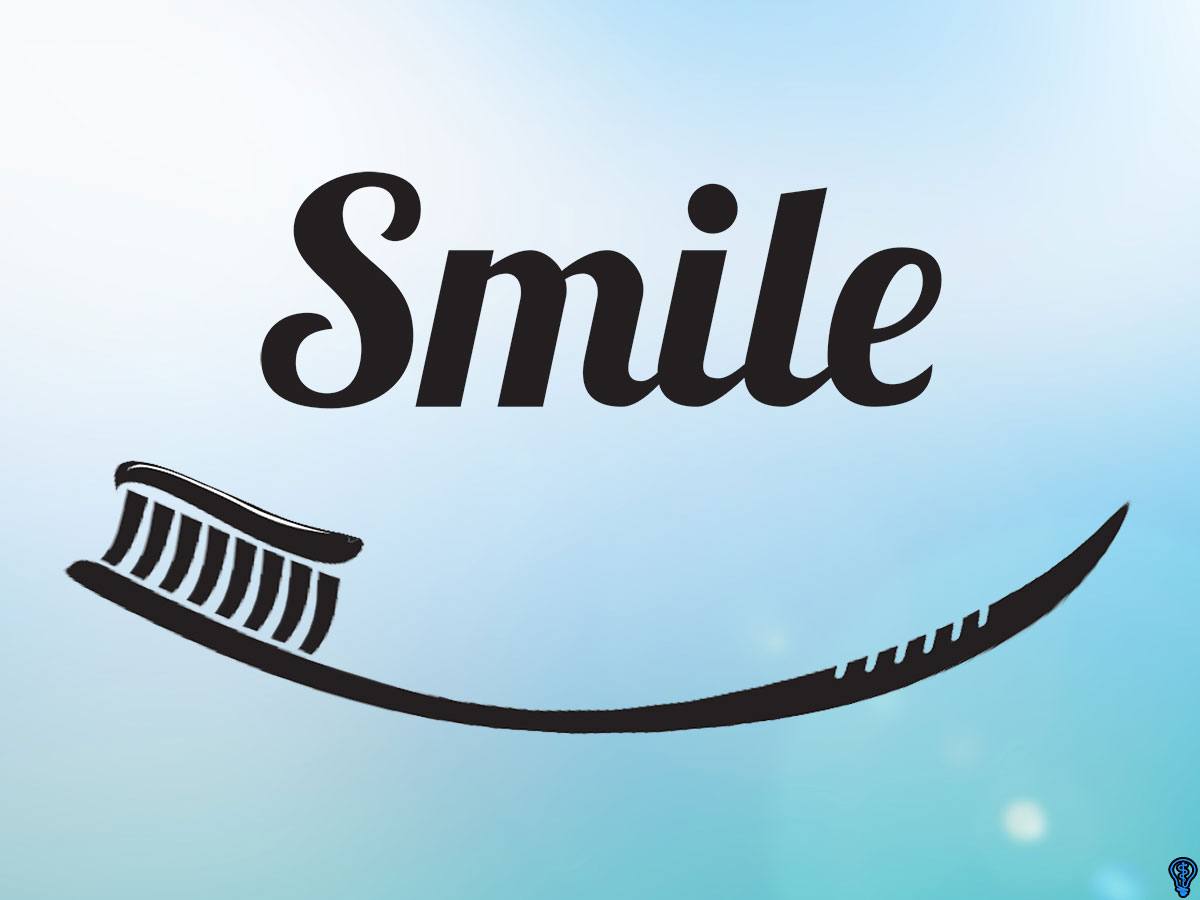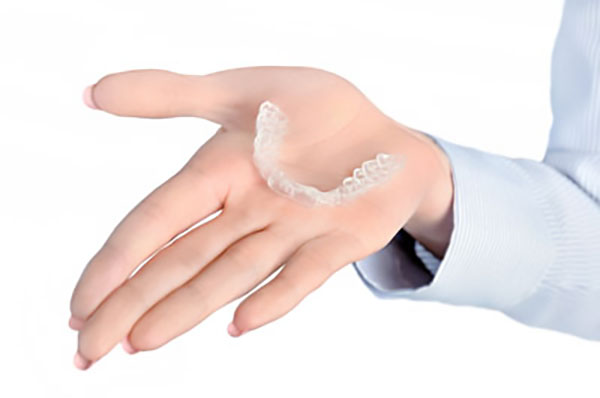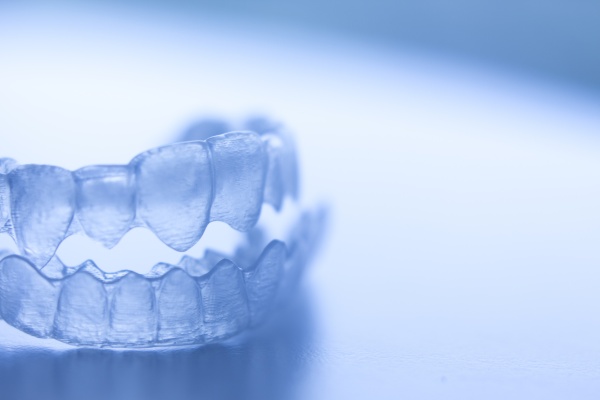Does Invisalign Really Work Tucson, AZ
At Jorge L Alvarez DDS, we are regularly asked about Invisalign® and how effective it is at straightening teeth. This is an understandable question, because the process of using clear aligners is relatively new in comparison to wearing metal braces. As with any new technology, people often wonder, "Does Invisalign® really work?" and the answer is, yes. If you want a straight and beautiful smile without making it obvious that you are undergoing dental care, this is the best solution for you. As with any procedure, you will need to follow our instructions to ensure that your teeth move correctly and as quickly as possible. For example, aligners need to be worn for around 22 hours a day.
Book an Appointment
Does Invisalign® Require Special Care?
While removable, you must be careful to keep them in place for as long as possible in order to keep your treatment schedule on track. They need to come out while you eat, so they do not become damaged or warped. You should also remove them when drinking anything hot since that can also warp them. However, as soon as you are done eating and brushing your teeth, the aligners need to be replaced.
In our Tucson, AZ dental office, we recommend that you put your aligners in a special container we provide, so they are not accidentally thrown away. Too many people have put their aligners in napkins, only to find that they are gone after lunch. Replacing them quickly is important, so be sure to keep their case with you instead of taking them out at home and waiting until you come back to replace them. This will help you to stick with the 22 hours a day requirement and keep your straightening plan on schedule. Doing so will take your teeth from crooked to straight in a short period of time.
Does Invisalign® really work for adults?
Yes, Invisalign® was created for adult teeth. While braces are traditionally associated with children, the process of using clear aligners is better suited for adult teeth. This is because Invisalign® works using a series of clear aligners. Before the treatment starts, an impression will be taken of your teeth, along with measurements and pictures. These will then be used to create 3D images and project what your teeth will do when pressure is applied to certain teeth. The entire treatment plan will be created using high-tech computer software and input from our team of professionals. The Invisalign® lab will then make the aligners. Each aligner is designed to move specific teeth and to be worn for two weeks at a time before being switched out for the next one in the series. Since the aligners are created at the beginning of the process, it works best on adult teeth that are fully mature. Some older teens can also benefit from straightening their teeth with Invisalign®.
Does Invisalign® really work for people with a misaligned bite?
At Jorge L Alvarez DDS, we use Invisalign® to straighten teeth and to align the bite. It is a misconception that braces are the only way to address an overbite or underbite. While they are traditionally the most effective, aligners can correct a bite, as well. In order to find out if this process will work for yours, we recommend that you visit our Tucson, AZ dental office. Call (520) 722-1655 to schedule a consultation so we can examine you, take X-rays, and determine whether or not Invisalign® is right for you. If your bite needs more adjustment than what aligners can offer, braces may be necessary or even oral surgery.
Does Invisalign® really work as well as traditional braces?
For the most part, yes. There are some cases where aligners are not able to address all of the issues with the teeth. In such a situation, we will let you know if Invisalign® can work to straighten teeth, but something else is needed to complete the process, or if you should try a different procedure altogether. In some situations, oral surgery may be necessary mid-way through. A perfect example is if your jaw is too far out of alignment to be corrected with either braces or aligners. In this case, patients start straightening their teeth and then have their jaw treated before finishing the procedure. These details are entirely dependent upon the position of your teeth and jaw, so we will let you know what to expect after your examination.
Check out what others are saying about our Invisalign® services on Yelp: Invisalign® Tucson
Does Invisalign® really work for people who want to straighten teeth discreetly?
Yes, at Jorge L Alvarez DDS, we can supply you with clear aligners that are nearly invisible. They are made of a clear plastic that is durable, yet translucent. Few people will notice that you are straightening your teeth. It can take a few days to get used to wearing them, which could slightly influence your speech patterns. However, once you get used to wearing them, you will not have any issues. We usually recommend that you care for your aligners by rinsing them with water, brushing your teeth after eating, and cleaning your aligners with a special paste. You do not want to use traditional toothpaste, because it could scratch the surface of your aligners and turn them from invisible to visible. If you want to straighten your teeth discretely, be sure to exercise caution when cleaning and caring for your aligners. When you visit our Tucson, AZ dental office, we can provide you with additional suggestions for how to take care of them.
Are there any activities that cannot be done while wearing aligners?
You should be able to complete all of your activities while wearing aligners, except for eating and brushing your teeth. You need to take out your aligners while eating a meal, which means that you need to plan for snacking in order to prevent your aligners from coming out too frequently. The same holds true for when you are drinking hot coffee or tea, since the heat can warp the aligners. If you are playing aggressive sports, you may also want to remove them. However, we will make specific recommendations after discussing the sports you play or any other activities you engage in.
How do I get started with Invisalign®?
Call (520) 722-1655 and schedule a consultation with Dr. Alvarez.
Questions Answered on This Page
Q. Does Invisalign® really work for adults?
Q. Is Invisalign® better than traditional braces?
People Also Ask
Q. How long do I need to wear the aligners for?
Q. Will I be able to continue eating what I want to eat?
Q. Can my teen wear aligners during other activities such as sports?
Definition of Invisalign® Terminology
- Aligner Trays
- With Invisalign® treatment, the patient will receive a series of aligner trays and swap out each one for the next one in the series every two weeks in order to gradually straighten the teeth.
- Blue Compliance Indicator (Invisalign® Teen)
- The blue compliance indicator is a small blue dot on the aligners that will fade from blue to clear in order to indicate if the patient is wearing the aligner for the proper amount of time and where the patient is in the Invisalign® process.
- ClinCheck® Software
- ClinCheck® software allows professionals to map out the straightening process the patient’s teeth will go through with Invisalign® in great detail.
- Blue Compliance Indicator (Invisalign® Teen)
- The blue compliance indicator is a small blue dot on the aligners that will fade from blue to clear in order to indicate if the patient is wearing the aligner for the proper amount of time and where the patient is in the Invisalign® process.
- Gum Line
- The gum line is the line in the mouth where the teeth and gums meet. If a patient struggles with gum recession, then the gum tissue around the teeth may begin to wear away.
- Incisal Ridges
- Incisal ridges are the portion of the crown of the tooth that makes up the incisal portion and can be a direct cause of overbite if they are extended too far.
- iTero Element® Scanner
- An iTero Element® scanner allows professionals to create a 3D image of the patient’s teeth in minutes and predict what it will take to move the teeth into proper alignment.
- Malocclusion
- Malocclusion is the condition in which the upper and lower teeth do not meet properly when the bite is closed. Conditions of malocclusion can include overbite, underbite, crossbite and open bite; all of which are treatable with Invisalign®.
- Overbite
- An overbite is a type of malocclusion that occurs when the upper teeth jut out over the lower teeth, covering them and causing other issues.
- Polyurethane Resin
- Polyurethane Resin is a USP Class VI medical grade, high molecular weight compound that makes up the Invisalign® aligners.
- SmartForce Attachments
- SmartForce attachments are small attachments that professionals place on the patient’s teeth before placing aligners to help move the teeth.
- Smart Track® Material
- Smart Track® material is in Invisalign® aligners to increase comfort, improve control of movement, increases the speed of treatment and applies a gentle force to the teeth over time.
- Smile-Scan
- Smile-Scan analyzes the way a patient smiles by measuring the position of the mouth and eyes before giving a score.
- Vivera® Retainers
- Vivera® retainers are a type of retainer that consists of clear plastic material and helps to maintain orthodontic corrections after a treatment.
Back to top of Does Invisalign® really work?




